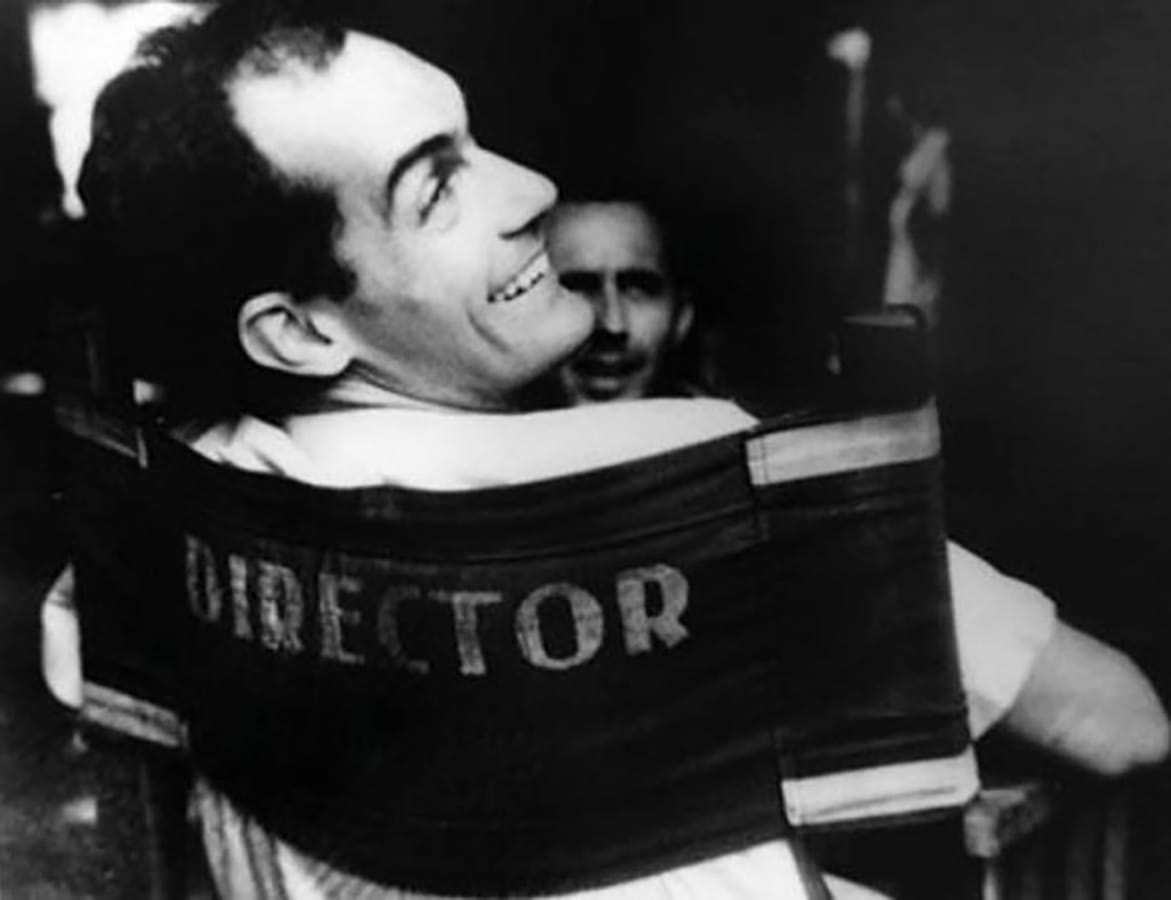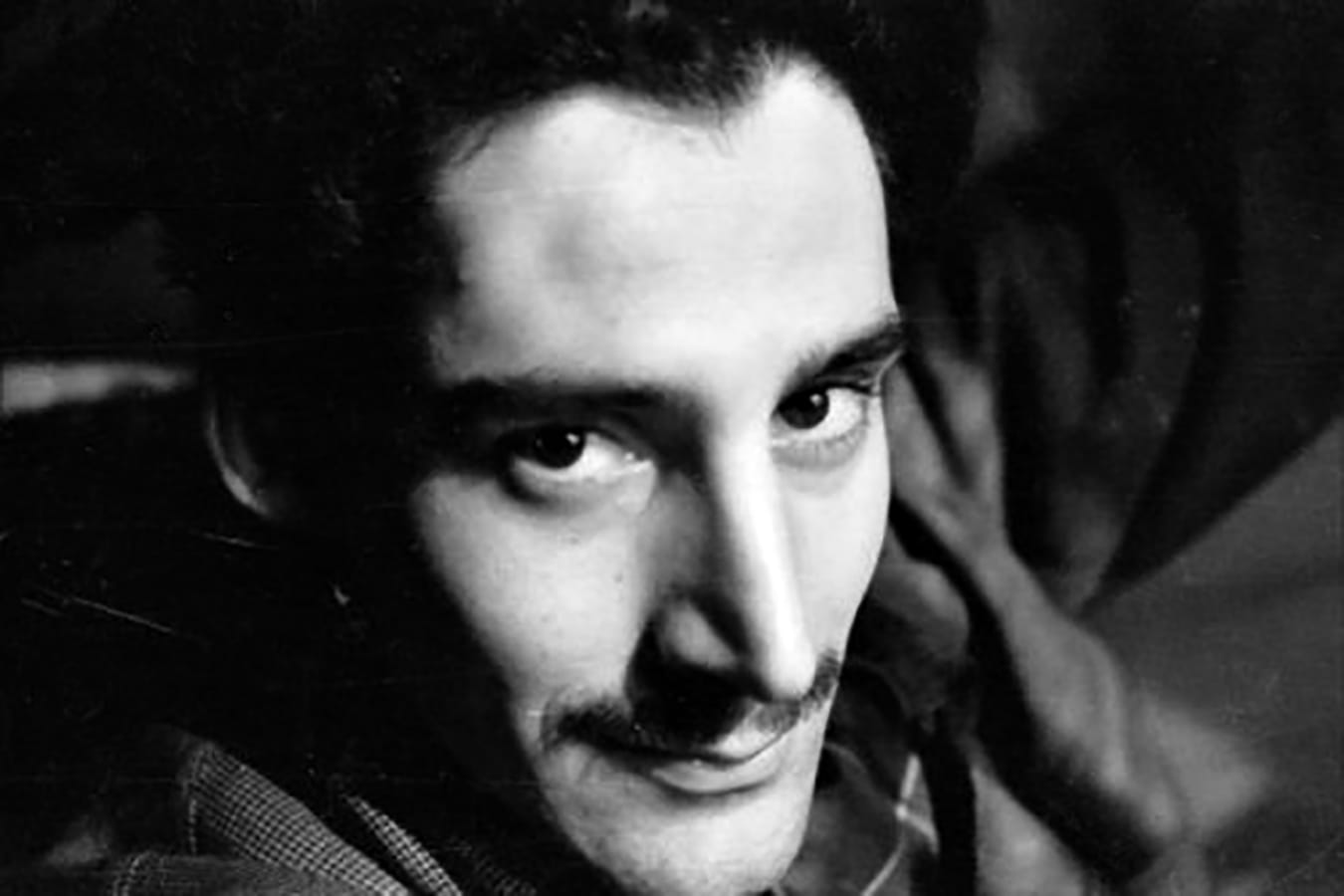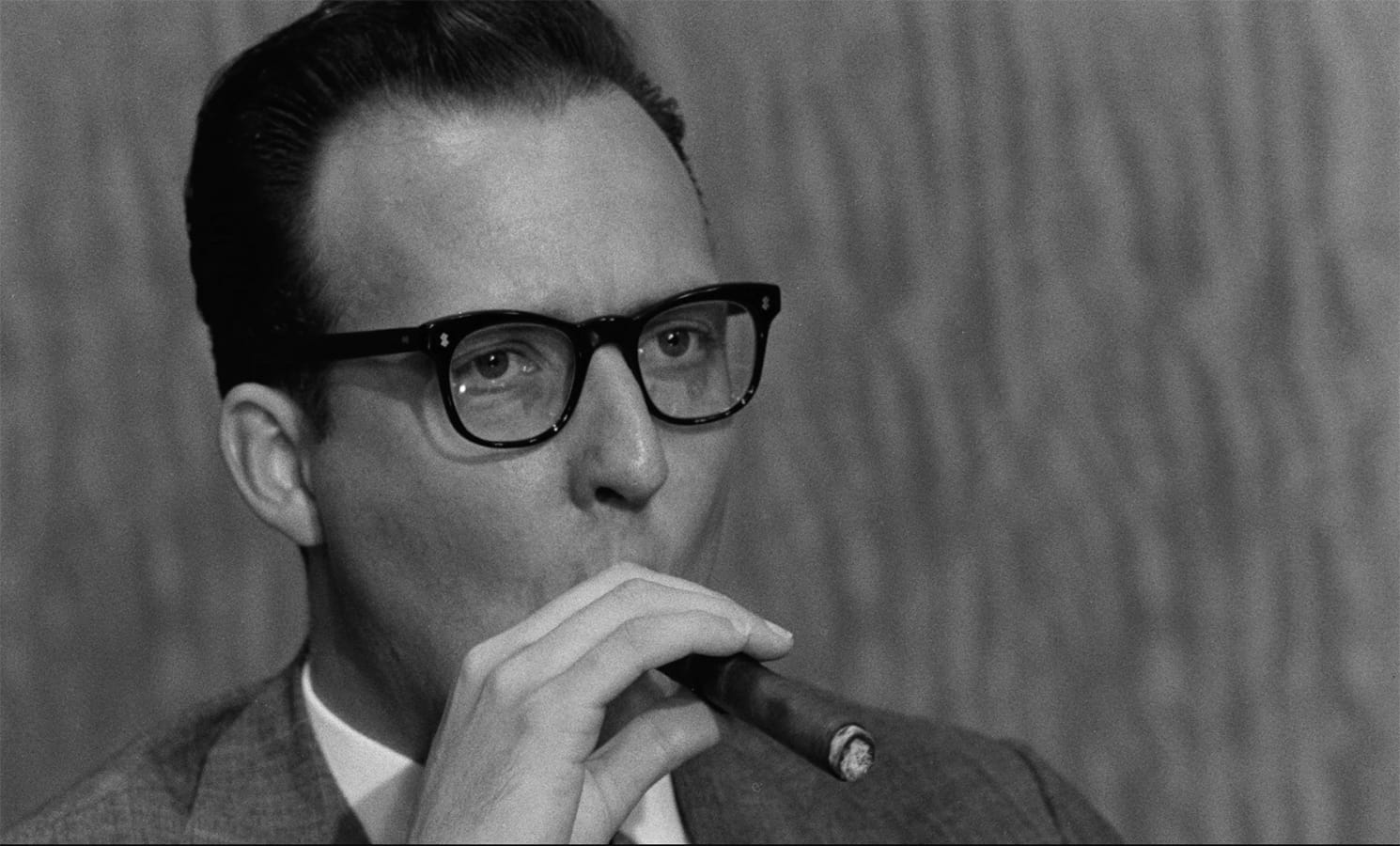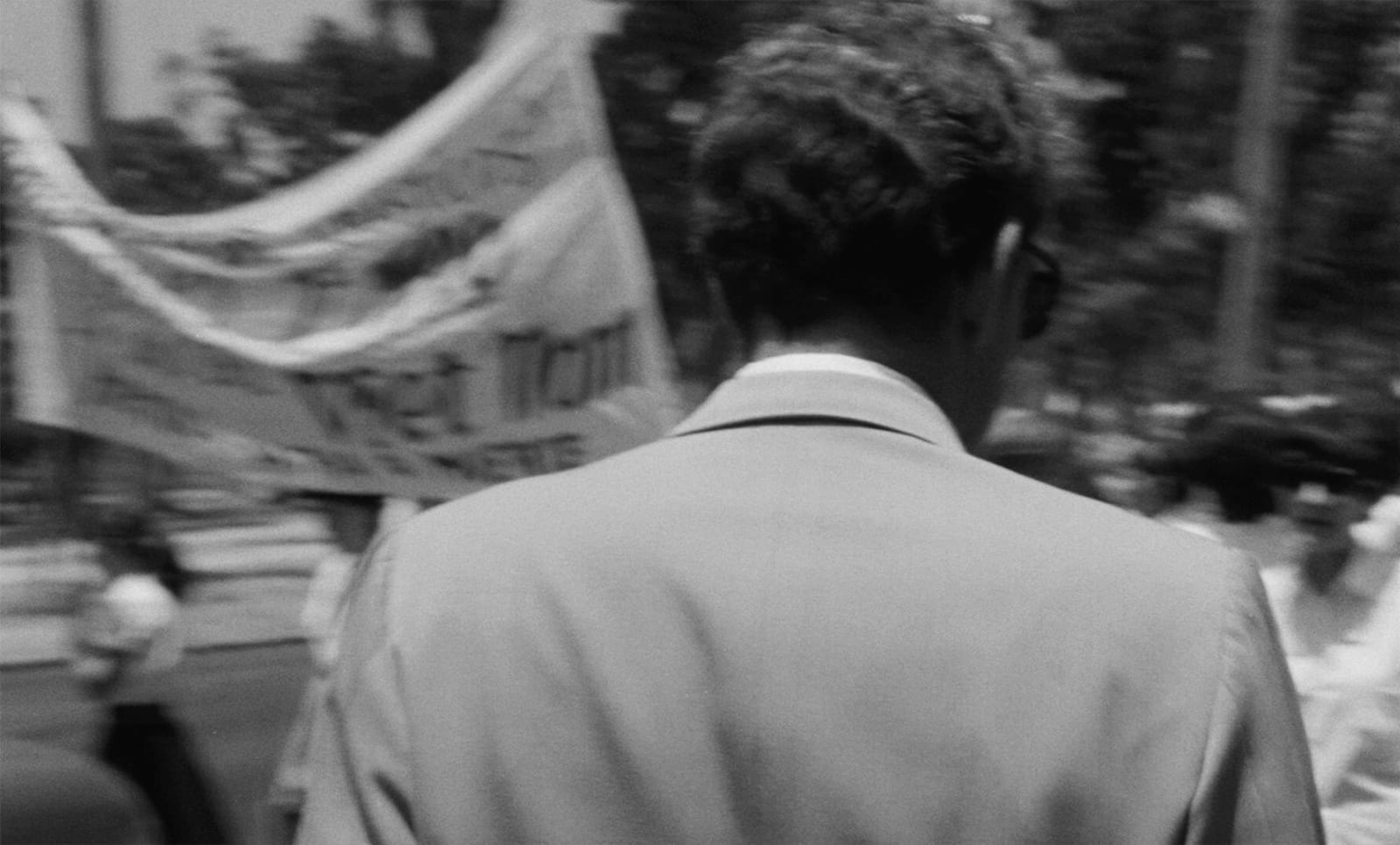10 Things I Learned: Memories of Underdevelopment

WhenTomás Gutiérrez Alea’s fifth feature, Memories of Underdevelopment, first hit Cuban theaters in 1968, it was immediately lauded as one of the best films to come out of the island in the decade following Castro’s revolution. This month marks the fiftieth anniversary of the film’s theatrical release, and its importance in the landscape of Latin American film has only become more apparent with time.
We learned a lot about Memories and that rich moment in Cuban film history while putting together the new Criterion edition. Below are some highlights from the stories we picked up along the way.
1.
A godfather of sorts in modern Cuban cinema, Tomás Gutiérrez Alea—known among friends and colleagues as “Titón”—showed an equal commitment to art and politics early in his career. He first started directing shorts with soon-to-be-renowned cinematographer Néstor Almendros while still a law student at the University of Havana, and he continued his cinematic education in Rome (one classmate was future Nobel laureate Gabriel García Márquez) before returning to Cuba to work on variety shows on television. At that point, well before the revolution, he was already an ardent leftist and eagerly joined Castro’s fight against dictator Fulgencio Batista. In 1959, following Batista’s defeat, he helped found the Instituto Cubano del Arte e Industria Cinematográfica (ICAIC), the government wing that would oversee all film production and ensure that Cuban cinema—documentary and fiction alike—promoted the revolutionary cause.

Tomás Gutiérrez Alea

Néstor Almendros

Gabriel García Márquez

Gutiérrez Alea

Desnoes















